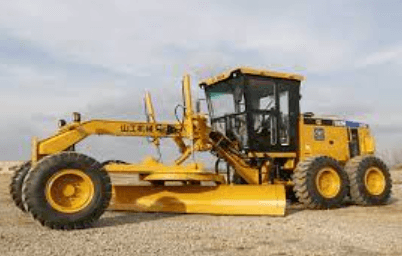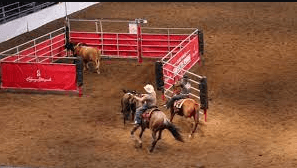Mastering Grader Blades: Essential Tips for Optimal Performance

Land-levelling equipment plays a crucial role in ensuring even surfaces and optimal terrain for various agricultural, construction, and infrastructure projects. This is where grader blades come into the picture which play a crucial role in levelling, grading, and smooth surfaces. Whether you’re a seasoned operator or new to using these blades, mastering their use is key to achieving optimal performance and efficiency. This article will explore some essential tips to help you become proficient in using them effectively.
Selecting the Right Blade
Choosing the appropriate machine for the task is the first step towards mastering its use. Different ones are designed for specific applications, such as grading, levelling, or cutting through rigid materials like compacted soil or gravel. Consider factors such as blade width, thickness, curvature, and material when selecting the right one for your needs. For example, wider blades are more suitable for large-scale grading projects, while thicker blades offer increased durability for heavy-duty tasks.
What are Blade Angles
The angle of the grader determines how much material is cut and pushed aside as the equipment moves forward. Adjusting its angle allows operators to control the depth and slope of the cut. For instance, tilting the grader forward increases cutting depth, while tilting it backward reduces the depth of the cut. Experimenting with different angles on various surfaces will help you better understand how they affect grading outcomes.
Maintaining Sharpness
Keeping grader blades sharp is essential for optimal performance. Dull ones result in poor grading quality, increase fuel consumption, and put unnecessary strain on the grader’s engine. Regularly inspect the cutting edge for signs of wear and tear, such as nicks, cracks, or uneven surfaces. Sharpening or replacing the cutting edge ensures smooth cutting and efficient material displacement. Additionally, proper maintenance, such as cleaning and lubricating, can extend its lifespan and reduce the risk of corrosion.
Operating at the Right Speed
Operating the grader at the appropriate speed is critical for achieving consistent and uniform grading results. Moving too quickly can cause the edge to bounce or skip over the surface, leading to uneven grading. Conversely, moving too slowly can result in overcutting or gouging of the surface. Find a balance by adjusting your speed based on the type of material being graded, the terrain conditions, and the desired finish. Practice operating the grader at different speeds to develop a feel for optimal performance.
Utilising GPS and Laser Guidance Systems
For precision grading applications, consider using GPS or laser guidance systems to enhance accuracy and efficiency. These technologies provide real-time feedback on edge position and slope, allowing operators to adjust for precise grading results. GPS systems use satellite signals to determine the grader’s exact position and elevation, while laser systems project a beam of light onto a target surface to guide its positioning. Integrating these advanced technologies into your grading workflow can streamline operations and minimise errors.
Maximising Efficiency
Proper edge adjustment is crucial for maximising efficiency and achieving precise grading results. Ensure that it is positioned at the correct height and angle. Adjust the edge tilt and pitch to match the desired slope and contour of the graded surface. Additionally, fine-tune the edge’s lateral position to minimise overcutting or under-cutting. Regularly monitor and adjust the settings throughout grading to maintain consistent performance and reduce rework.
Read also: Hydrogen Water: Unlocking the Secret to Optimal Hydration and Well-being
Conclusion
Mastering grader blades is essential for achieving optimal performance and efficiency in grading applications. You can enhance grading quality and productivity by selecting the right edge, understanding these angles, maintaining sharpness, operating at the right speed, and utilising advanced guidance systems. Continuous practice, experimentation, and ongoing training are key to honing your skills as a proficient operator. With these essential tips in mind, you’ll be well-equipped to tackle any grading project with confidence and precision.




